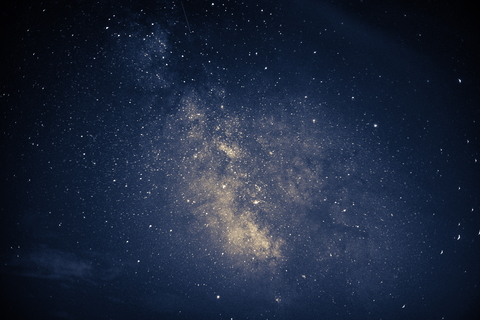Overview
Dwarf galaxies pose strong constraints to the LCDM model, with several outstanding challenges still to be reconciled between theoretical models and observations. Among them, is the mapping between the dark matter halo mass and the stellar mass in the regime of faint and ultrafaint galaxies. In addition, how the dark matter distributes in the inner regions of dwarfs (cusps vs. cores) is not settled yet. I will discuss results from hydrodynamical simulations of dwarf galaxies and argue that dwarfs like the Large Magellanic Cloud offer one of the strongest cosmological probes through the study of their ultrafaint satellite population and their stellar and gas kinematics. However, dwarfs in high density environments, such as groups and clusters, might be devoided of gas, highlighting the need for different kinematical tracers of their halos. In the second part of this talk I will present a new catalog of globular clusters added into the cosmological hydordynamical simulations to constrain the dark matter content of early type dwarfs, including ultradiffuse dwarfs (UDGs), in groups and cluster environments.
